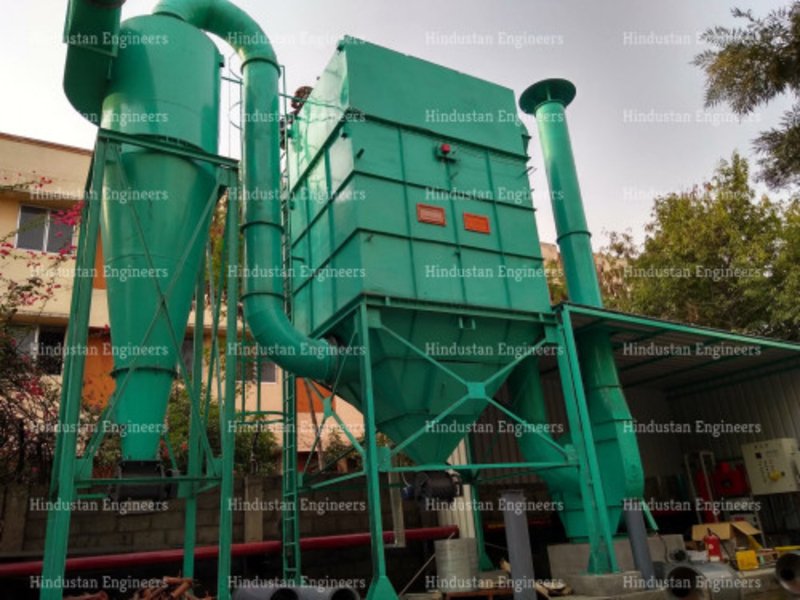A filter bag dust collector system is a type of air pollution control equipment used to capture and filter dust particles and other pollutants from industrial processes. These systems are commonly used in a variety of industries, including woodworking, metalworking, pharmaceuticals, food processing, and mining, to improve air quality and ensure compliance with environmental regulations.
Here are some key components and features of a filter bag dust collector system:
Filter Bags: The primary component of a filter bag dust collector system is the filter bags themselves. These bags are made of various materials such as polyester, aramid, PTFE, or other specialized fabrics that provide high filtration efficiency and durability. The filter bags capture dust particles as contaminated air passes through them, allowing clean air to exit the system.
Baghouse: The filter bags are housed in a structure known as a baghouse, which is typically a large enclosed chamber designed to hold the filter bags in place and provide efficient filtration of dust-laden air. The baghouse may consist of multiple compartments or sections to accommodate the filter bags and optimize airflow.
Ventilation System: A fan or blower is used to create airflow that moves dust-laden air through the filter bags inside the baghouse. The fan creates a negative pressure within the system, pulling air and dust particles into the collector for filtration. The filtered air is then discharged back into the environment or recirculated indoors.
Cleaning Mechanism: Over time, dust accumulates on the surface of the filter bags, reducing their filtration efficiency. To maintain optimal performance, filter bag dust collector systems often incorporate a cleaning mechanism to dislodge and remove the accumulated dust. Common cleaning methods include pulse-jet cleaning, reverse air cleaning, shaker cleaning, and mechanical shaking mechanisms.
Control System: Modern filter bag dust collector systems are equipped with control systems that monitor and regulate the operation of the collector. These systems can control cleaning cycles, adjust fan speed, and provide alerts for maintenance and troubleshooting.

